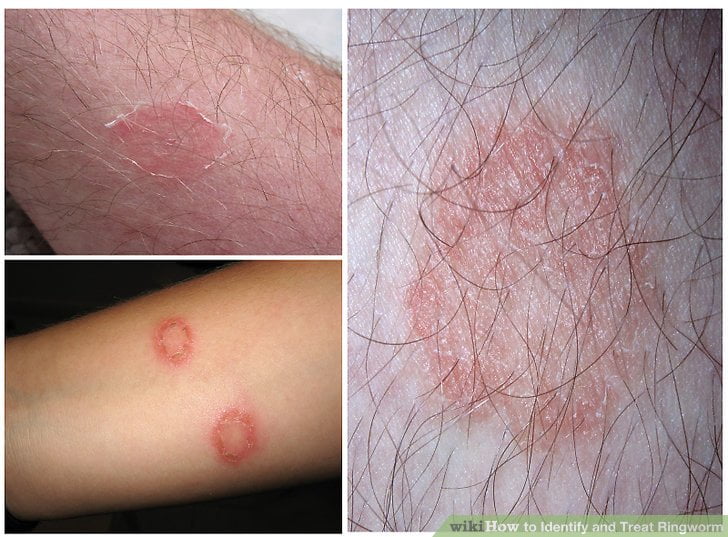RLS – restless leg syndrome is a condition in which someone has an uncontrollable urge to move his or her legs, usually due to leg discomfort. Usually this condition is happening in the nights or evenings while someone is lying down or sitting. Moving can ease the unpleasant feeling for some period of time. Nowadays the restless leg syndrome is known as restless leg syndrome/Wills – Ekbom disease (RLS/WED). This disease can begin at any age and this condition is getting worse as you are getting older. This condition can disrupt your sleeping which means that it leads to daytime drowsiness and also it can make the travelling difficult. Lifestyle changes and simple – care steps can help you in the treatment of this condition. Also there are many medications which can help to people who suffer from restless leg syndrome. [1]
Restless leg syndrome symptoms
The restless leg syndrome has this name from the compelling desire to move. Here are the most common characteristic of restless leg syndrome signs and symptoms:
- Nighttime leg twitching: This condition (RLS/WED) can be associated with another more common condition which is known as periodic limb movement of the sleep and this is causing your legs to twitch and kick which is possibly happening throughout the night while you are sleeping.
- Worsening of the symptoms in the evening: Symptoms of this condition mainly happen at night. [2]
- Relief by movement: It is known fact that the sensation of RLS/WED is lessening with the movement such as walking, pacing, jiggling your legs and stretching.
- Sensation starts after being at rest: This type of sensation usually begins after you have been sitting or lying down for an extended time, such as in a movie theater, airplane or car.
In the most cases people are describing this type of disease as abnormal and unpleasant sensation in their feet or leg and usually it is happening on the both sides of their bodies. There are less common cases when this sensation is affecting the arms. This sensation, which is generally happening within the limb, rather than on the skin, is described as:
- Itching
- Aching
- Throbbing
- Pulling
- Creeping
- Crawling
There are some cases when this sensation seems to defy the description. People who are affected with the restless leg syndrome do not describe this condition as a muscle cramp or numbness. They describe this condition as desire to move their legs constantly. It is very common for the symptoms of restless leg syndrome to fluctuate in the severity. There are some cases when the symptoms can disappear for some periods and then they can recur.
Restless leg syndrome causes
There are many cases when the cause for the restless leg syndrome is not known. There are some researchers who suspect that this condition can be caused by an imbalance of the brain chemical dopamine which is sending messages to control the muscle movement. Here are some causes for restless leg syndrome:
- Pregnancy: Hormonal changes or pregnancy can temporarily worsen the signs and symptoms of RLS/WED. There are some women who get this condition for the first time during their pregnancy and especially this is happening during their last trimester. But the signs and symptoms of RLS/WED usually disappear after the delivery. [3]
- Heredity: There are some cases when RLS/WED runs in families, especially if this condition starts before age 50. There are some researchers who have identified sites on the chromosomes where genes for the restless leg syndrome can be present. [4]
Risk factors: This condition can develop at any age, even during the childhood. The restless leg syndrome is more common as people are getting older and also it is more common in women than men [5]. Usually, the restless leg syndrome is not related to some underlying medical problem. There are some cases when the restless leg syndrome accompanies other conditions such as
- Kidney failure
- Iron deficiency
- Peripheral neuropathy
Complications: RLS/WED does not lead to serious complications but its symptoms can range from barely bothersome to incapacitating. There are many people with this disease who find it difficult to stay or fall asleep.
References:
[1] Guo S, Huang J, Jiang H, et al. Restless legs syndrome: From pathophysiology to clinical diagnosis and management. Frontiers in Aging Neuroscience. 2017;9:171.
[2] National Institute of Neurological Disorders and Stroke. Restless legs syndrome fact sheet. Retrieved from www.ninds.nih.gov/Disorders/Patient-Caregiver-Education/Fact-Sheets/Restless-Legs-Syndrome-Fact-Sheet
[3] Chen SJ, Shi L, Bao YP, et al. Prevalence of restless legs syndrome during pregnancy: A systematic review and meta-analysis. Sleep Medicine Reviews. 2018;40:43-54.
[4] Desautels A, Turecki G, Montplaisir J, et al. Restless legs syndrome: Confirmation of linkage to chromosome 12q, genetic heterogeneity, and evidence of complexity. Archives of Neurology. 2005;62(4):591-6.
[5] Seeman MV. Why are women prone to restless legs syndrome? International Journal of Environmental Research and Public Health. 2020;17(1):368.





